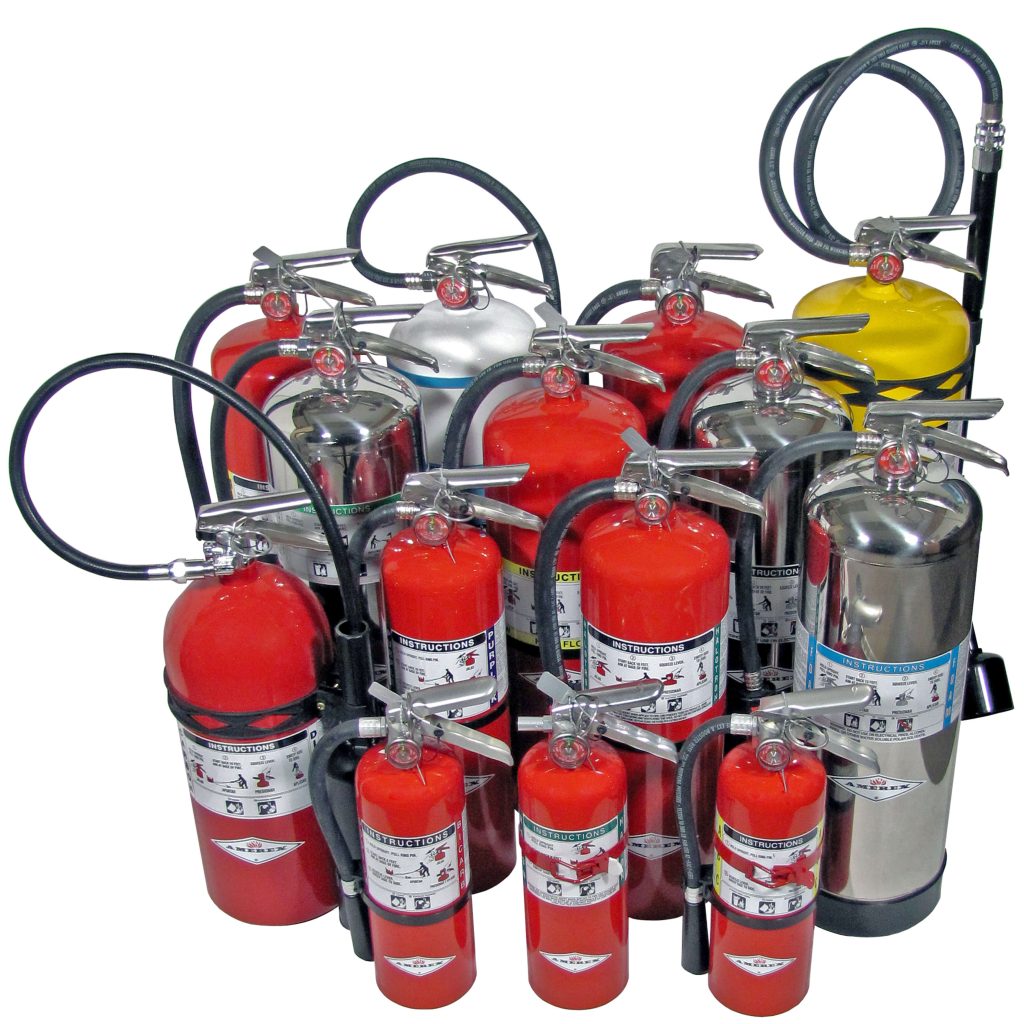Fire safety is not just about having the right equipment as well as making sure that the equipment can perform flawlessly when you require it most. Maintenance of fire extinguishers has become no anymore just a routine maintenance. In fact, it’s been a requirement of strategic importance for all fire equipment dealers who care about safety, reliability and compliance.
The importance of understanding fire extinguisher recharge and tagging regardless of whether you manage the client portfolio or have an e-commerce store with a large amount of traffic it is crucial for building confidence in the industry.

Image credit: servicedfireequipment.com
Fire Extinguisher Inspecting is crucial Yet, it’s often neglected
Every extinguisher on the wall of a commercial building may appear ready but is it truly functional? Fire extinguisher inspection is the only way to confirm that. This requires more than a simple glance. Certified technicians must be able to check the nozzle’s condition, pressure levels seals, tamper indicators, seals expiration dates, general wear.
You may leave your customers at risk of fire and even penalties if you don’t take the time to adhere to these easy steps. Working with a company that conducts thorough inspections permits fire equipment dealers to offer clients peace of mind. They know their equipment is in compliance with industry regulations and are ready for the real world.
There are many reasons why charging fire extinguishers isn’t an option, but it’s important.
A discharged extinguisher that’s only used half the time is a ticking bomb. No matter if it’s used to deal with small kitchen flare-ups or even if it’s diminished pressure over time, it’s not safe until it’s been properly recharged. This is when the significance of fire extinguisher charging services becomes evident.
Recharging involves replacing or refilling the extinguishing agents, repressurizing the cylinder, and ensuring the internal components are unharmed. It’s a process that requires precision, knowledge of the various extinguisher models (dry chemical CO2, foam, etc. It requires modern service equipment and knowledge of different extinguisher models (dry chemical CO2, foam etc.).
Many dealers are outsourcing this task, allowing them to save money and still maintain quality.
The role of Fire Extinguisher Tagging in Legal Security and Trust in Customers
The tag may be a minor detail, but it has immense impact.
The fire extinguisher tag is the proof that a unit was inspected and certified. It also shows that it was maintained in accordance with state and federal safety regulations. It contains the date, the ID of the technician and the type of inspection as well as next date for service. This tag is more than a simple piece of paper. It’s an extra layer of protection against responsibility for business owners. For dealers, the tag is a badge.
The incorrect or erroneous use of tags could cause failures in safety inspections or fines. They could also lead to a loss of trust from customers. This is why working with an organization that employs correct and legally compliant tags is vital.
A Better Business Model Outsource the Service and own the relationship
For many dealers of fire equipment creating relationships and securing business is where their time is best spent instead of maintaining an in-house service department. That’s why outsourcing fire extinguisher servicing such as inspection, recharge and tagging, to a specialized provider is becoming the standard model throughout the U.S.
By handing off the technical burdens, dealers can grow faster, cut down on the risk of liability, and make sure that every extinguisher that they lease or sell is ready to perform when lives and property are at stake.
Final Thoughts
In today’s highly-secure environment the maintenance of fire extinguishers is no longer a mere incidental thought. It’s an essential part of operating success. When dealers focus on careful inspection, safe recharge, and legally sound labeling, they’re not only selling products they’re providing security, trust and peace of thought. In the fire protection industry this is the kind of value that will never expire.